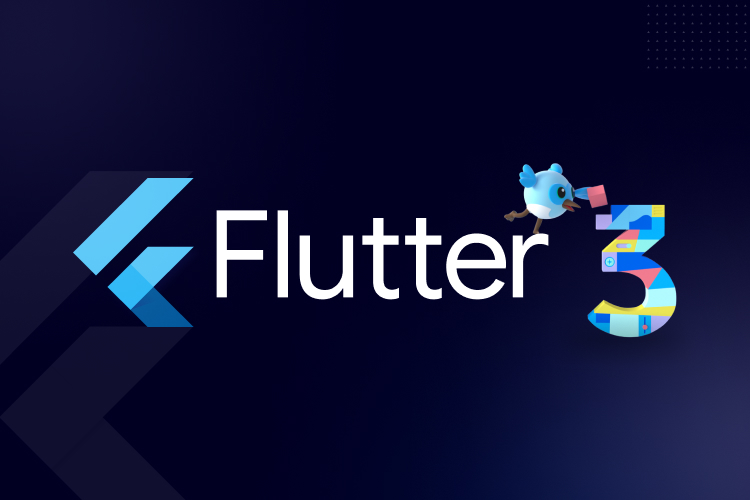As the world of mobile app development continues to evolve, Flutter, the open-source UI software development kit from Google, remains at the forefront. With each new release, Flutter introduces exciting features that simplify app development and enhance user experiences. In this blog post, we’ll take a closer look at the latest version of Flutter and explore its new features that are shaping the future of mobile app development.
1. Flutter 3.0: A Major Milestone
The latest version of Flutter, dubbed “Flutter 3.0,” represents a significant milestone in the framework’s journey. This release focuses on improving developer productivity, app performance, and expanding platform support.
2. Desktop Support Officially Stable
One of the most anticipated updates in Flutter 3.0 is the official stable release of desktop support. Developers can now build applications for Windows, macOS, and Linux with ease, opening up new possibilities for cross-platform development.
3. Enhanced Web Support
Flutter’s web support continues to improve. Version 3.0 brings more features and optimizations, making it even more feasible to create web applications with Flutter.
4. Flutter DevTools Integration
Flutter DevTools, a powerful set of development tools, is now tightly integrated into the Flutter framework. This simplifies debugging, profiling, and monitoring app performance, ultimately speeding up development workflows.
5. Improved Null Safety
Flutter 3.0 places a strong emphasis on null safety, enhancing app stability and reliability. With null safety, developers can write safer and more robust code.
6. New Widgets and Components
The Flutter team has introduced new widgets and components to streamline app development. These widgets are designed to simplify complex UI tasks, making it easier to create beautiful and interactive interfaces.
7. Enhanced Documentation and Learning Resources
In an effort to support developers, Flutter’s documentation has been updated and expanded. This includes more tutorials, guides, and examples, making it easier for developers to learn and master the framework.
8. Improved App Performance
Flutter 3.0 introduces performance improvements, ensuring that apps built with Flutter are faster and more responsive than ever before.
9. Internationalization and Localization
Flutter continues to improve its internationalization and localization capabilities, making it easier to create apps for a global audience.
10. Community Contributions
The Flutter community plays a significant role in its development. Flutter 3.0 incorporates numerous contributions from the community, showcasing the collaborative and open-source nature of the framework.
In conclusion, Flutter 3.0 represents a leap forward in the world of mobile app development. With enhanced platform support, improved performance, and a robust set of tools and resources, Flutter continues to empower developers to create high-quality and cross-platform mobile applications.
Whether you’re a seasoned Flutter developer or just getting started, exploring the latest features in Flutter 3.0 is an exciting journey that opens up new possibilities for your app development projects. Stay ahead in the world of mobile app development by embracing the power of Flutter 3.0.
Ready to get started with Flutter 3.0? Download the latest version and embark on your next app development adventure!
